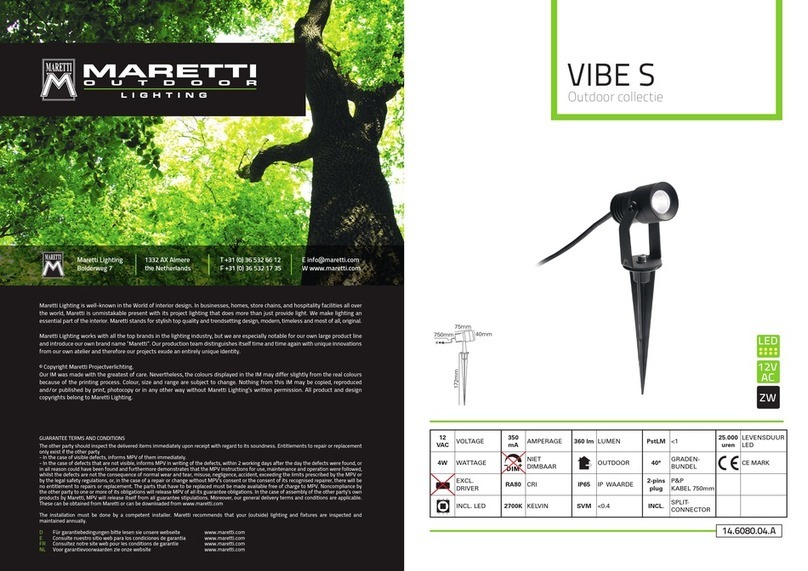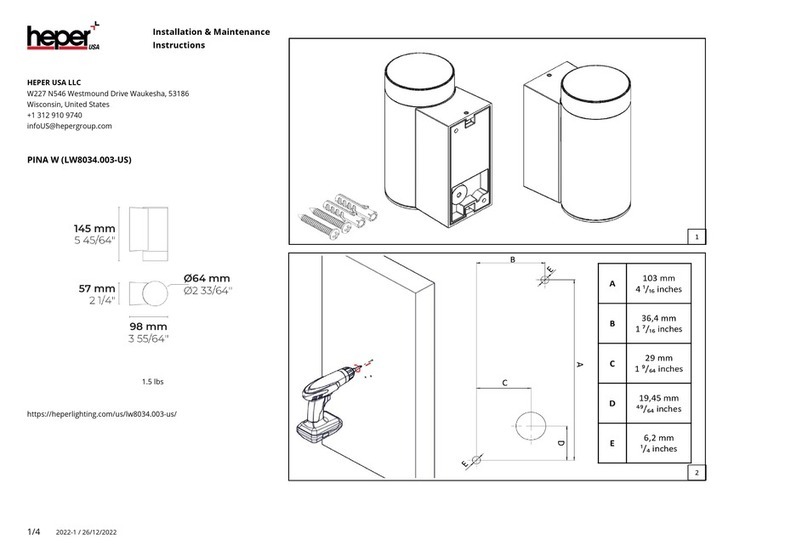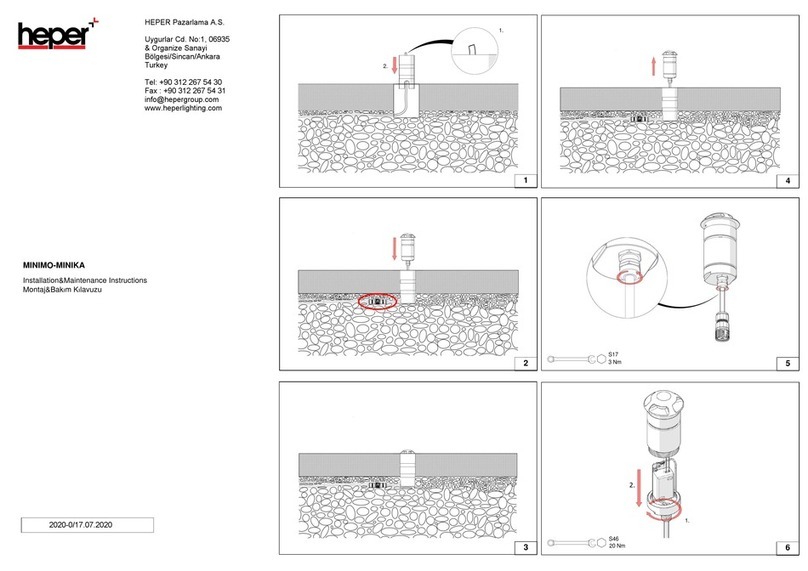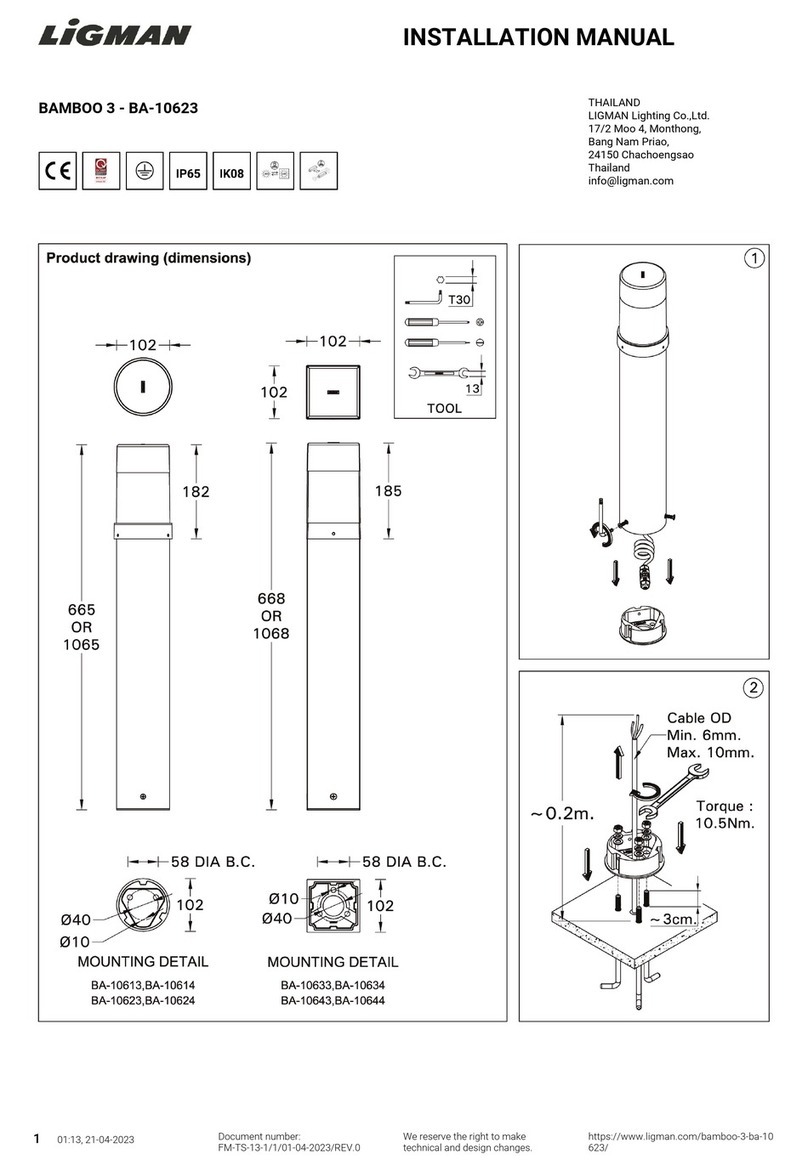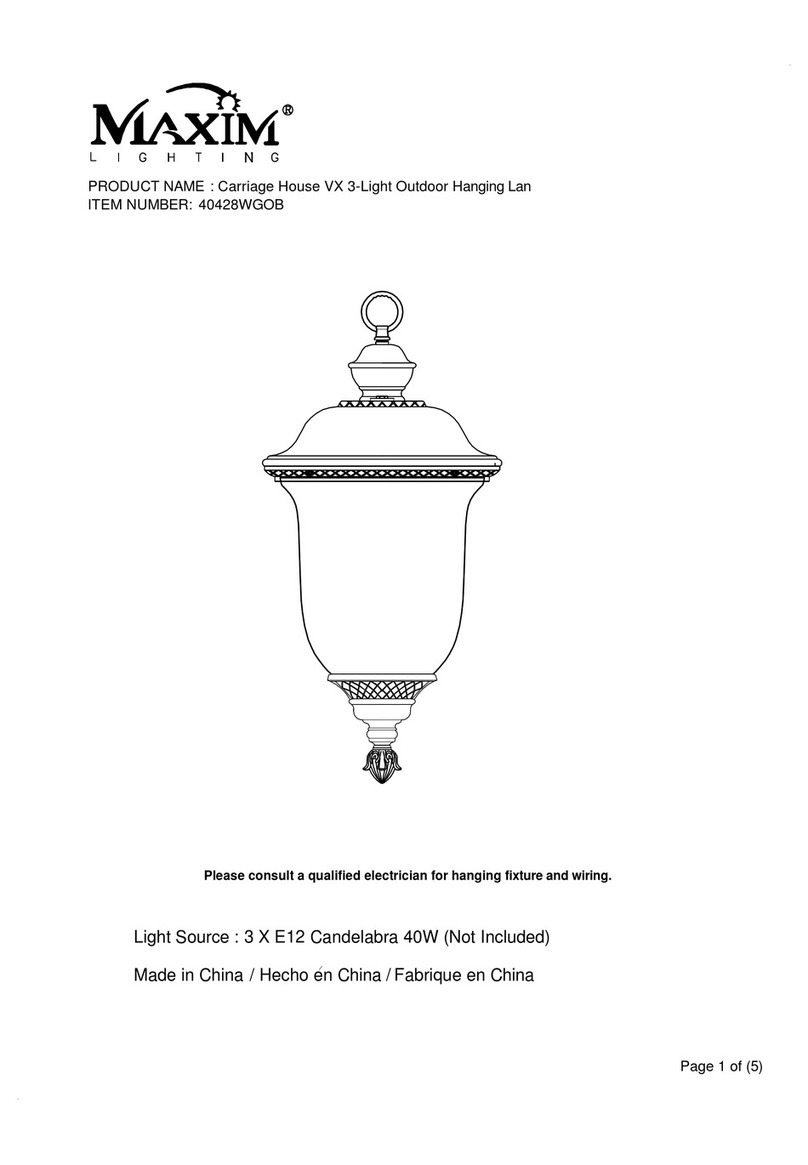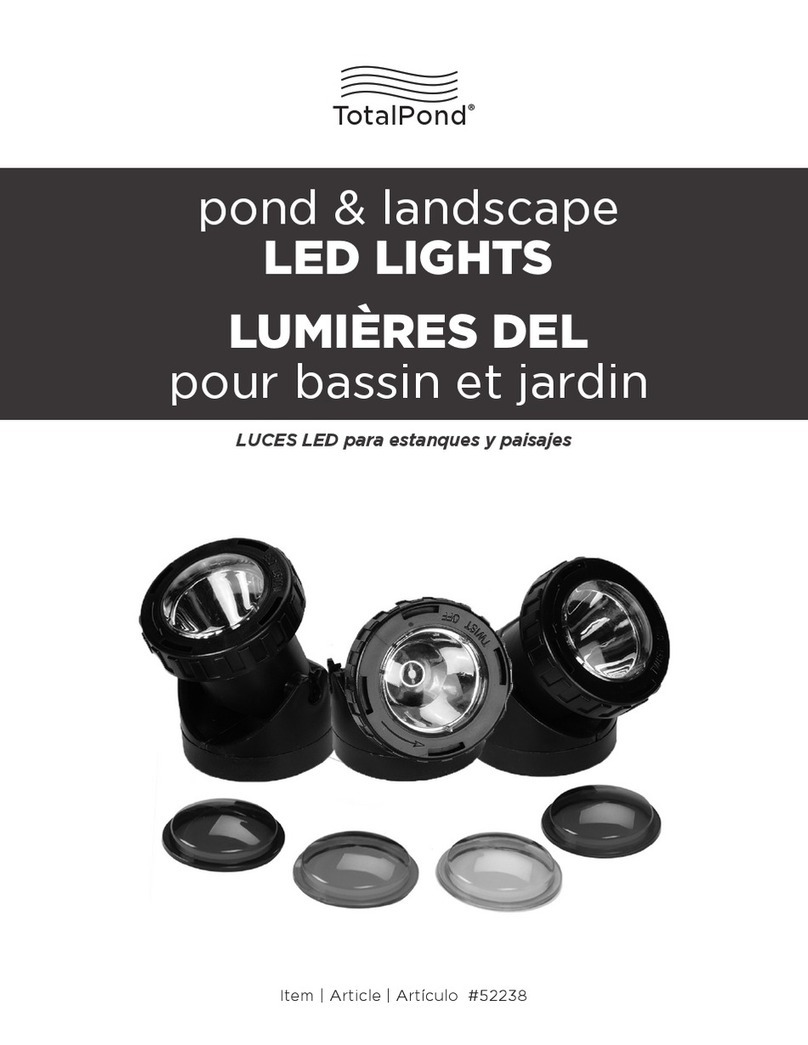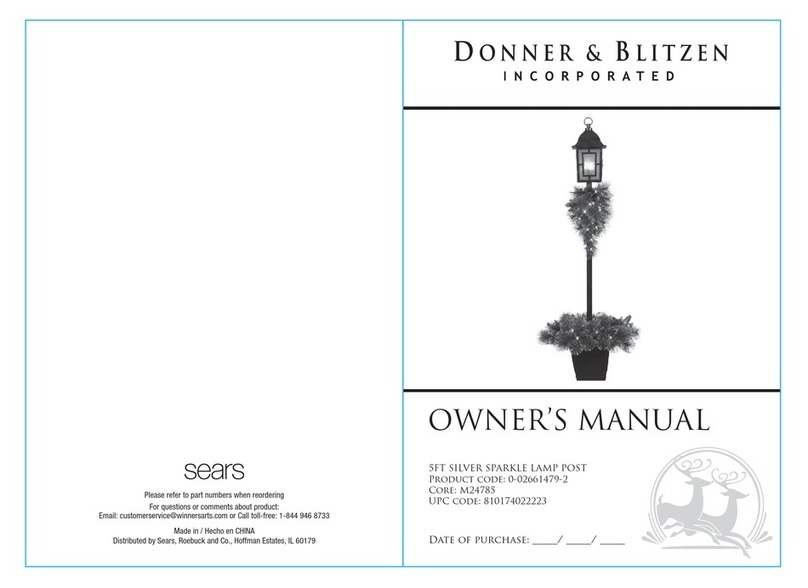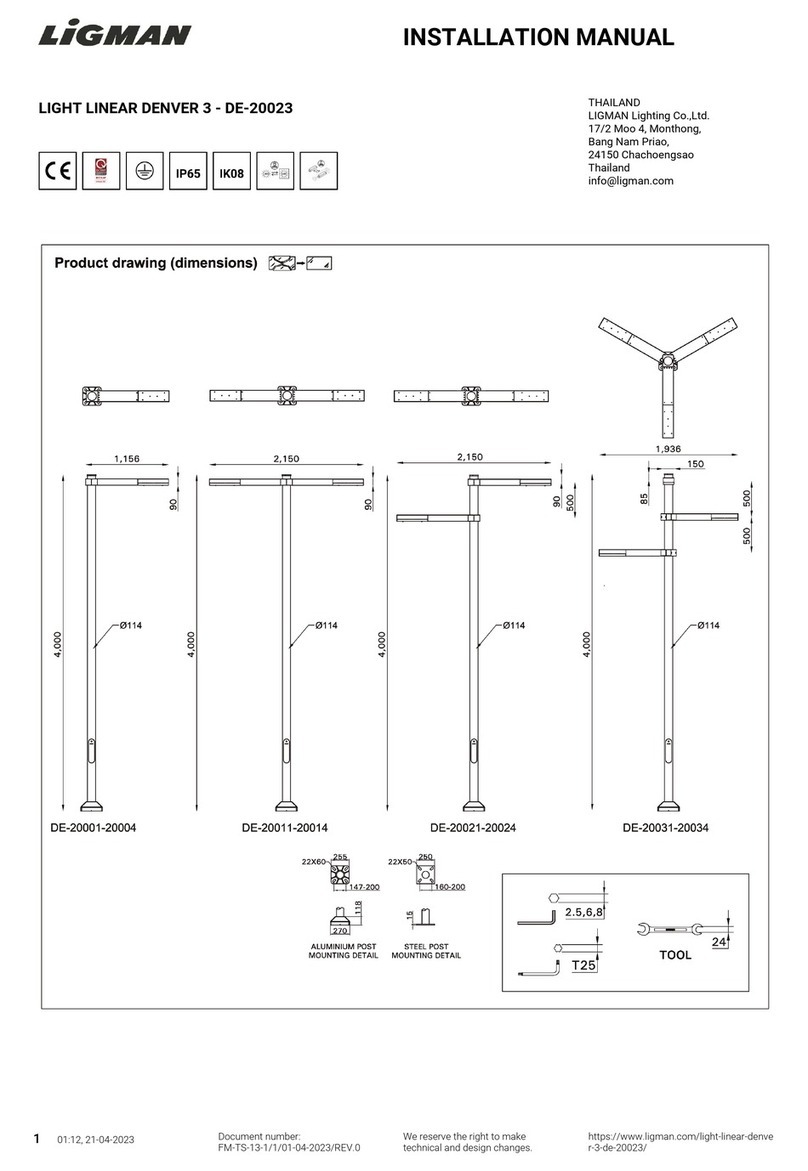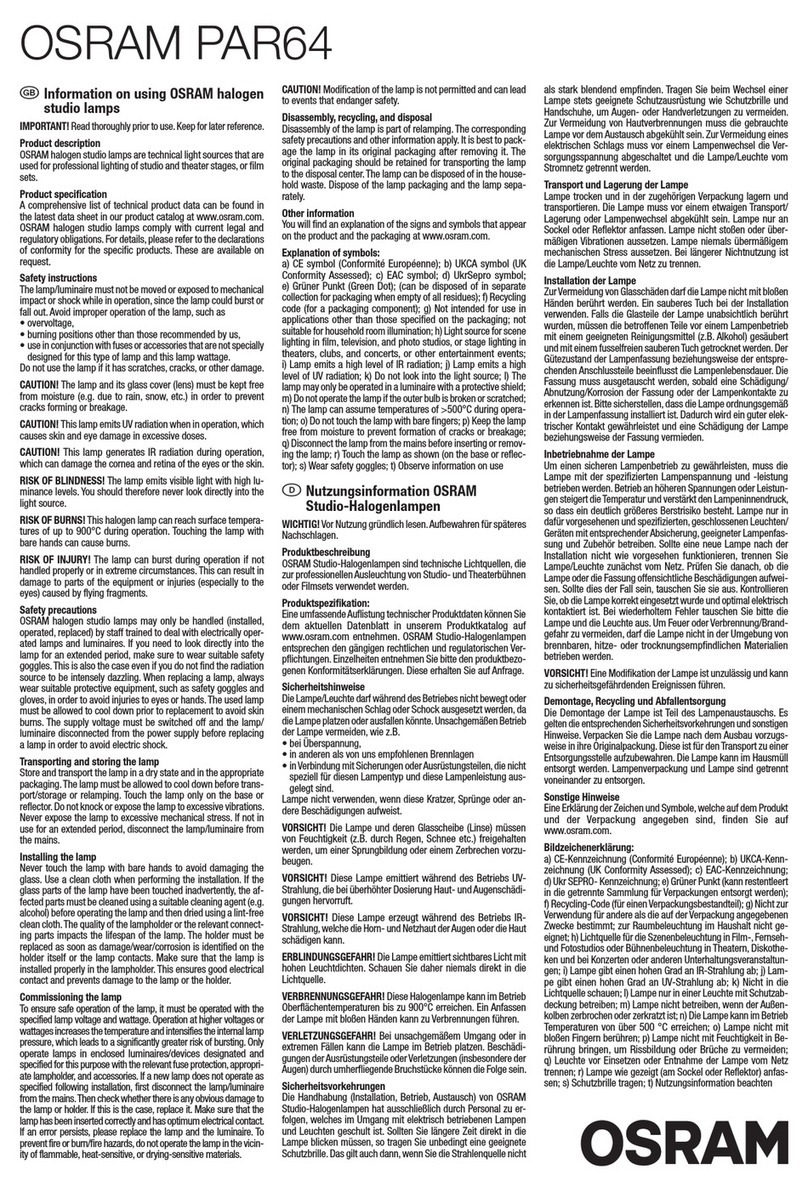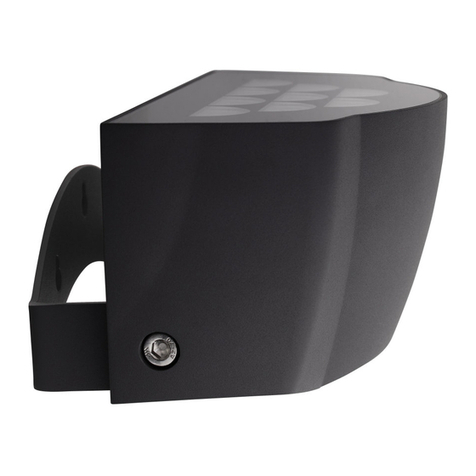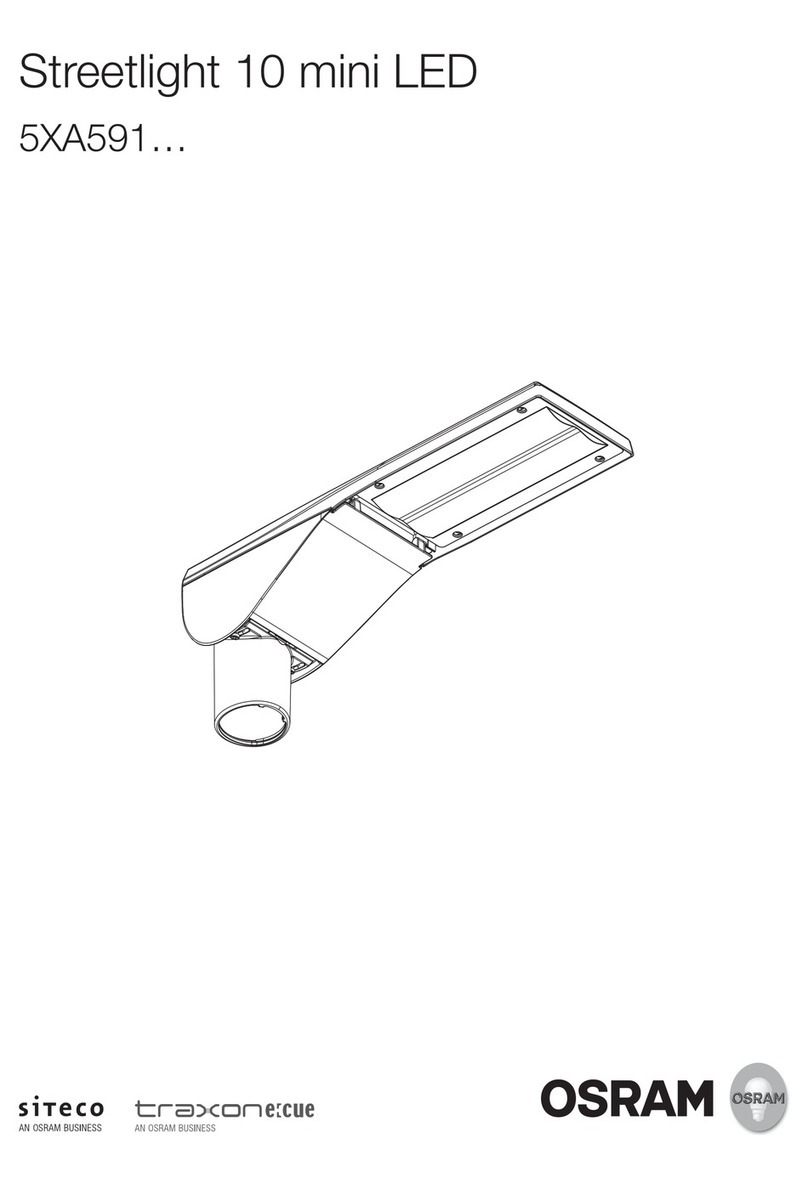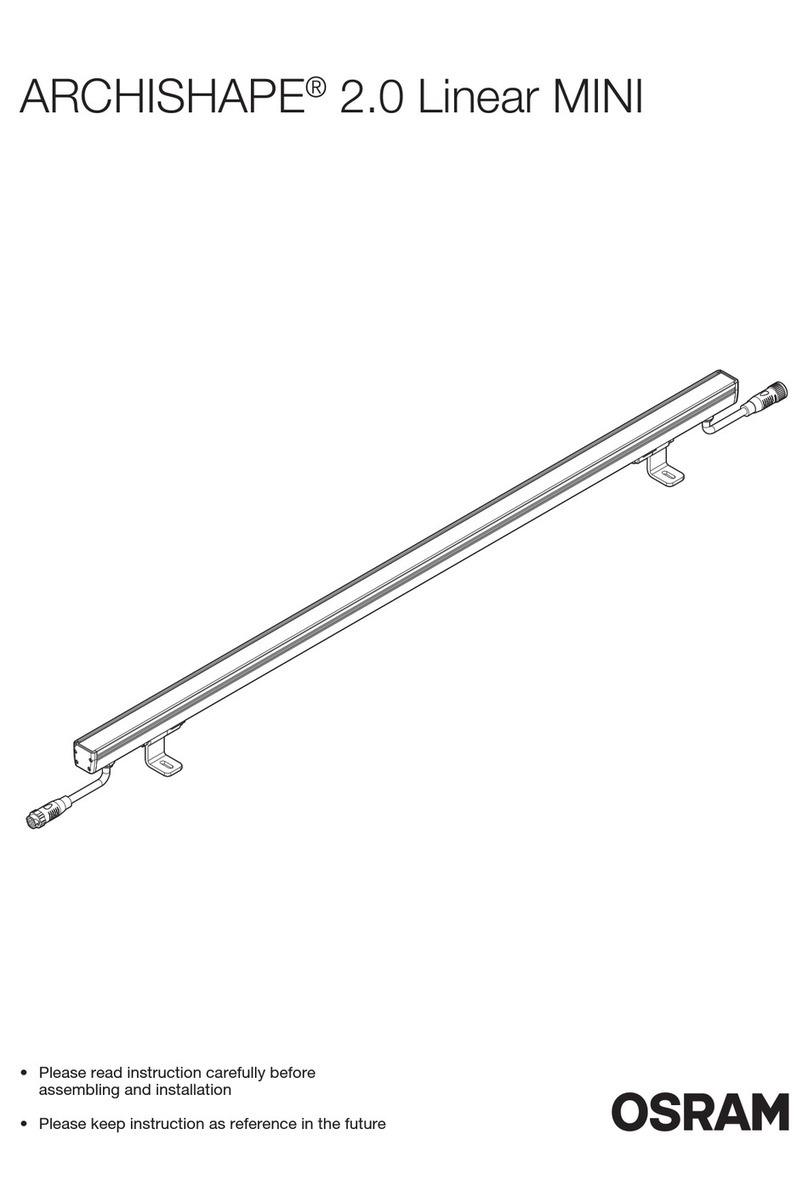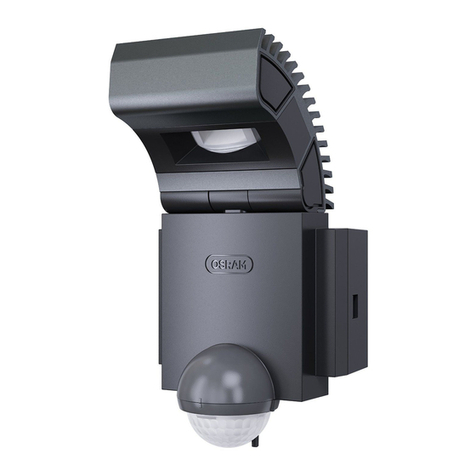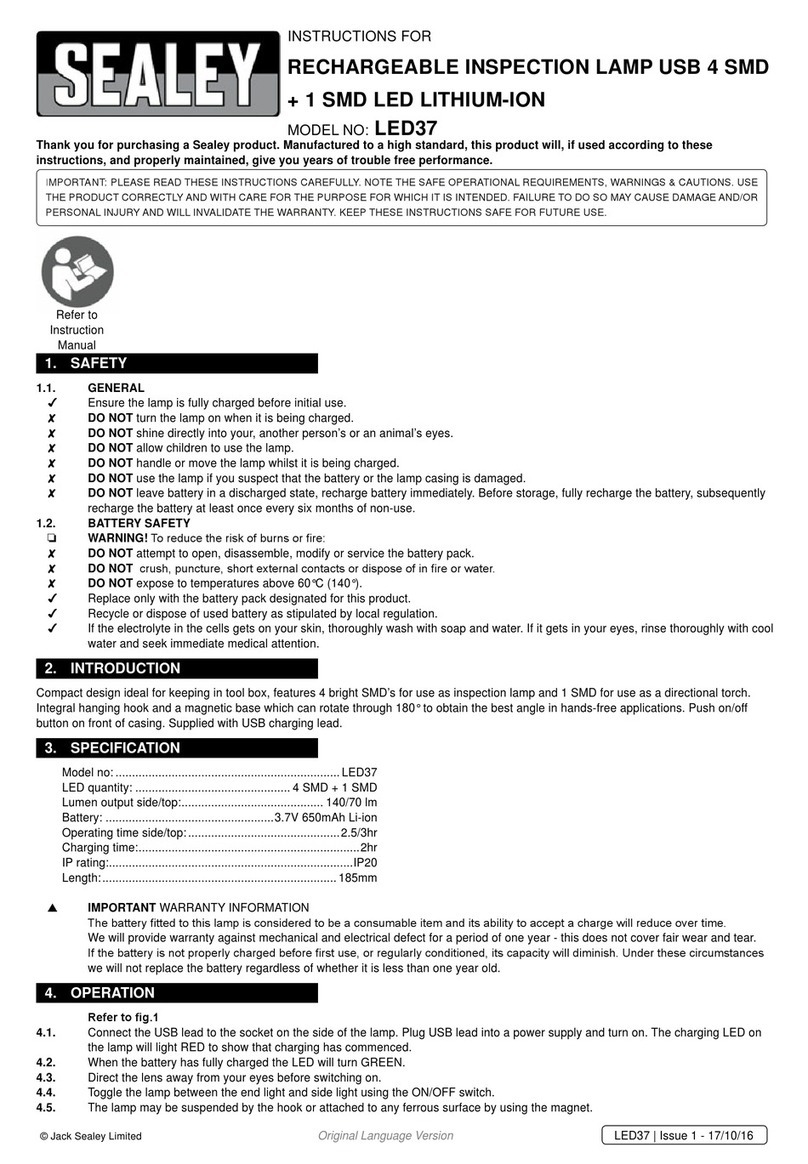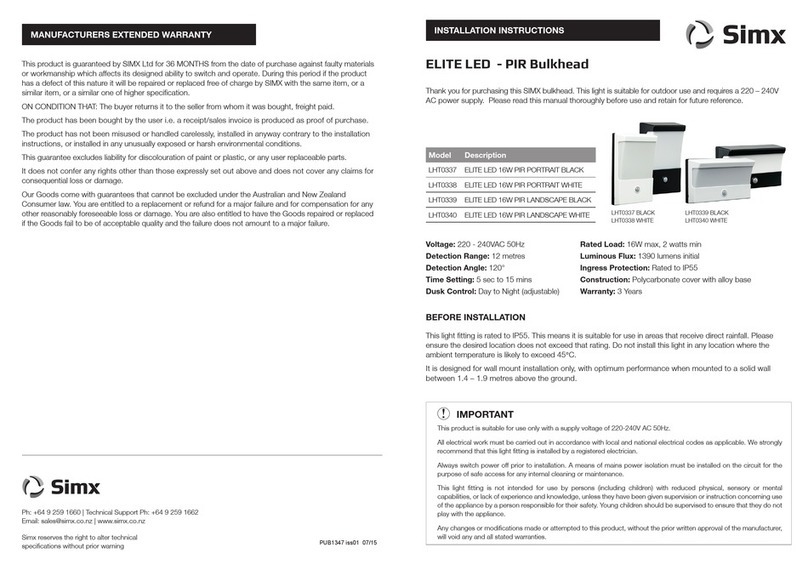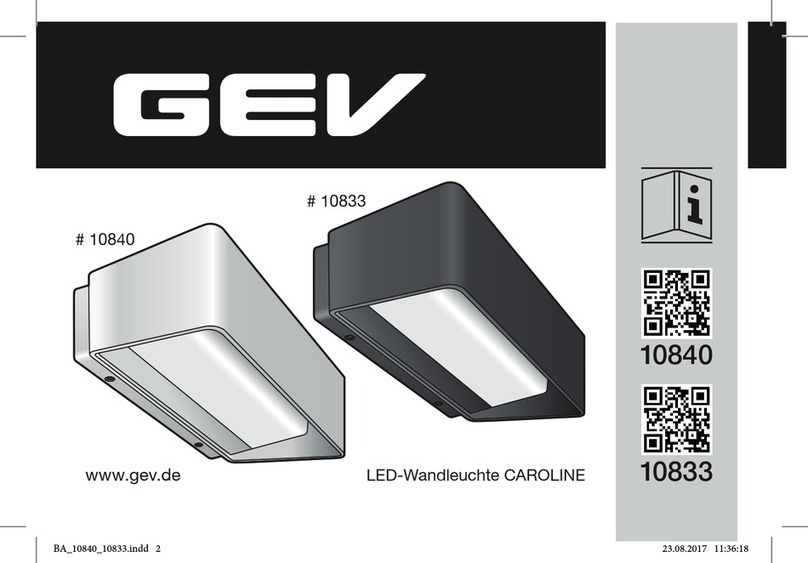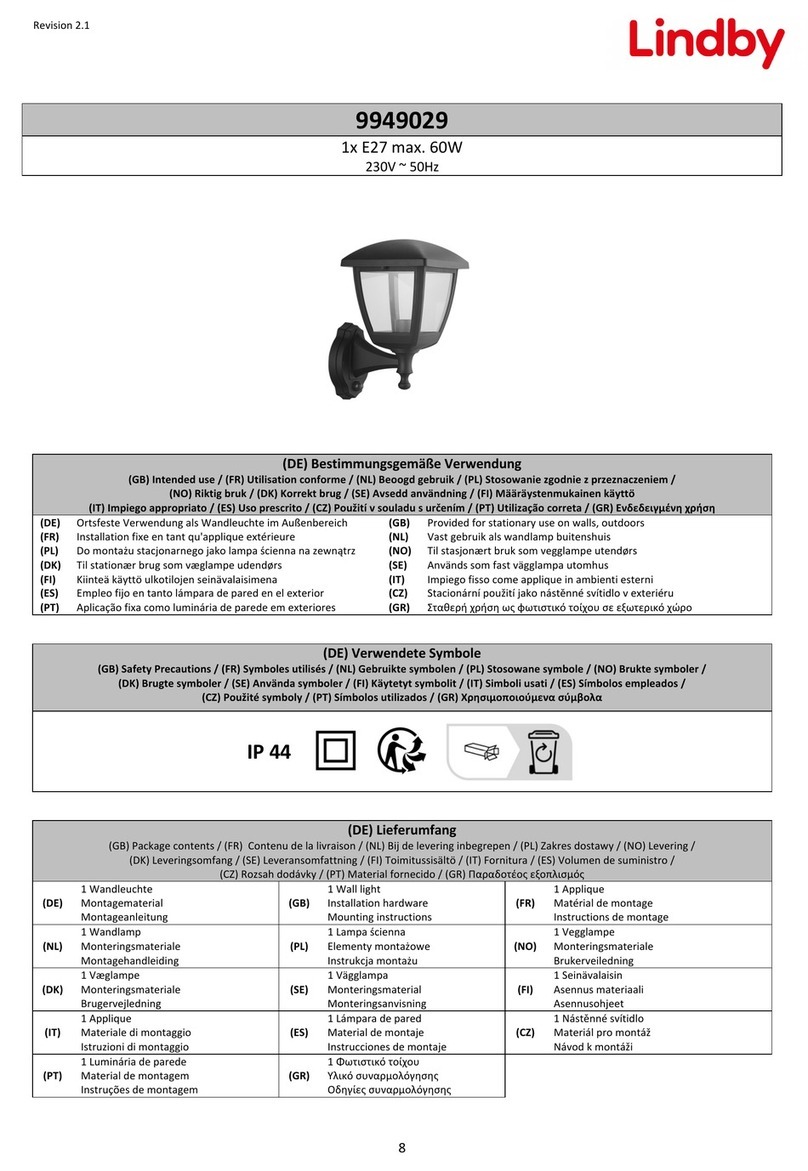
Industry Relations & Standards
Document No.:
Revision No.:
Issue Date:
DQ4-144-067
E
09-08-2006
Subject: Warning – Metal Halide Display/Optic Lamps [HMI, HMD, HMP, HSD, HSR, HTI, HCD]
Please verify that you have the latest revision prior to use. Do not use if outdated. H/Warnings/OSRAM/MHID.doc
Printed on: 9/29/2006 9:21:00 AM
Page 2 of 6
1. In the event of a lamp rupturing during operation, all personnel should leave the area
immediately to avoid the inhalation of mercury vapor. The area should then be thoroughly
ventilated for a minimum of 30 minutes or until the mercury vapor in the area is below the
ACGIH TLV (American Conference of Governmental Industrial Hygienists Threshold Limit
Value). Inhaling vapor or small particles of mercury or its compounds can be harmful to lungs,
kidneys and nervous system. Penetration of the skin or ingestion can also be harmful.
2. To avoid mercury vapor getting into air conditioning systems, mercury vapor-absorbing filters
should be used. When the lamp housing has cooled, mercury residue may be picked up with
special mercury adsorptive agents or a mercury vacuum cleaner (available from laboratory
safety equipment suppliers) and disposed of in accordance with local, state and federal
regulations.There should be no direct skin contact with and/or inhalation of mercury residues
that may be residing in lamp housing, optics or lamp parts.
If a cold (room temperature) lamp is broken, proceed with clean up and disposal as indicated
above (in the bold, italic statement).
INSTALLATION:
1. Do not use if lamp is scratched, cracked or damaged in any way.
2. To prevent electric shock, shut off main power to the fixture before attempting to service or
replace lamp.
3. To avoid damaging the quartz and causing premature lamp failure, do not handle lamp with
bare hands. Use clean gloves.
4. If the quartz parts are inadvertently touched, clean fingerprints off with denatured alcohol and
wipe dry with a clean, soft, lint-free cloth. Do not use cleaning rags or material that can leave
a residue.
5. To prevent skin burns, allow lamp to cool before handling.
6. To avoid breakage, mounting of the lamp must be free of mechanical stress during installation
and during operation by allowing for thermal expansion along its axis.
7. Display/Optic metal halide lamps should not be subjected to force/stress during installation.
Single-ended lamp types use a metal bar, which runs parallel to the lamp body and provides an
electrical path for the lamp current (from the socket end to the opposite end of the lamp). To
avoid overheating the lamp current bar, Display/Optic metal halide lamp types without outer
jackets should not have the lamp current bar positioned above the discharge arc during
operation. Single-ended lamp types with outer jackets may be operated in any position and
with any current bar position.
8. Replace all fixture covers and shields after replacing lamp to prevent eye damage, other
personal injury or property damage.
9. Use only in instruments/equipment specifying this light source.
10. CAUTION – Shorting Hazard: The HTI 2500 W/SE has both base pins connected to the
same point inside the lamp socket. A lead wire on the opposite side of the lamp provides the
current connection necessary for operating the lamp.
11. Make sure lamp is properly installed into socket/connector to obtain good electrical and
thermal contact and avoid damaging lamp and/or socket/connector. Electrical connections

